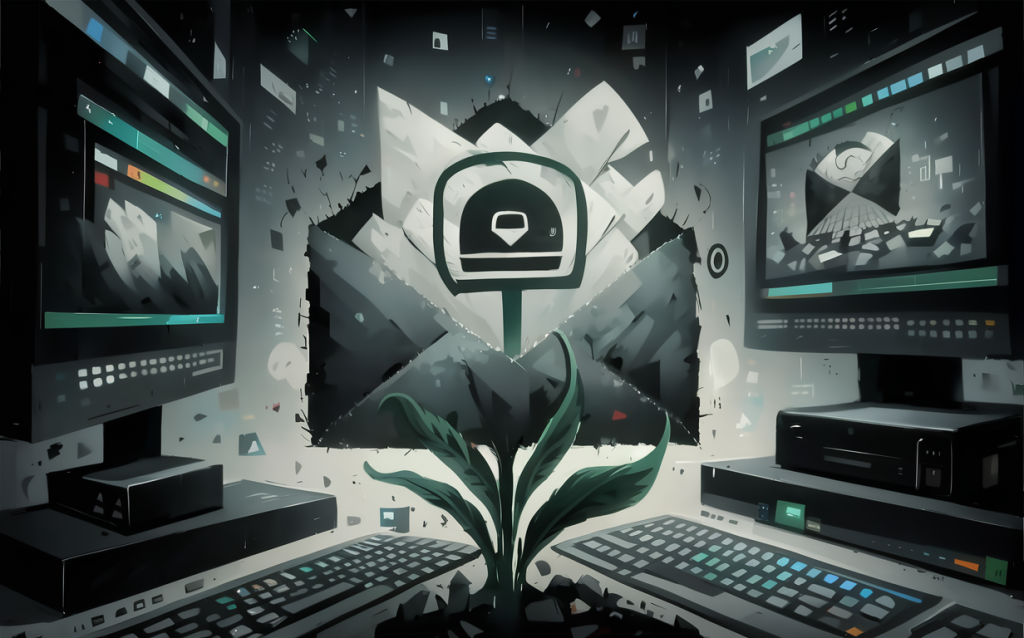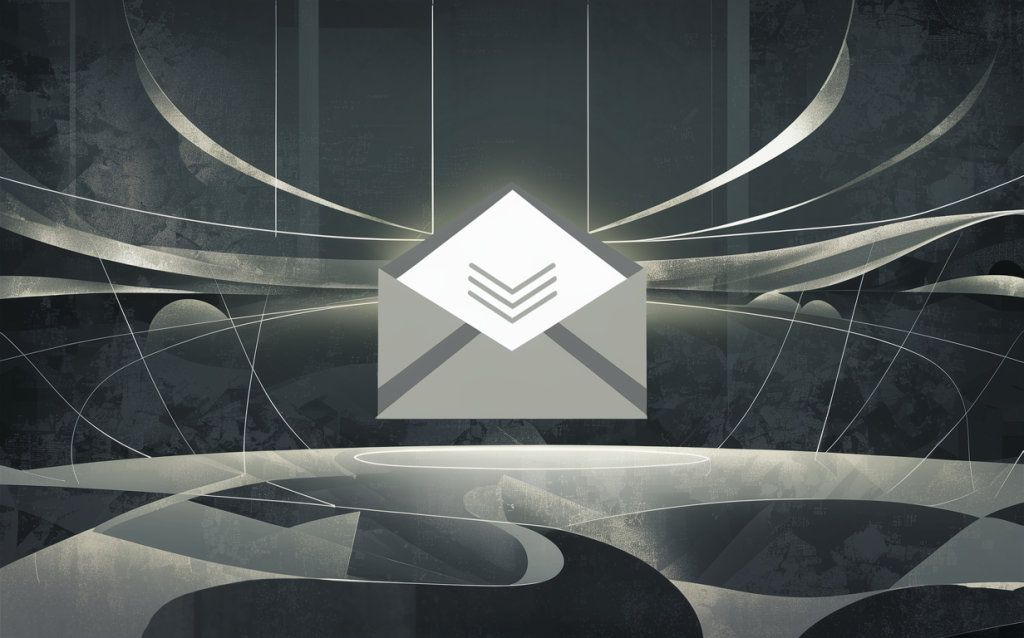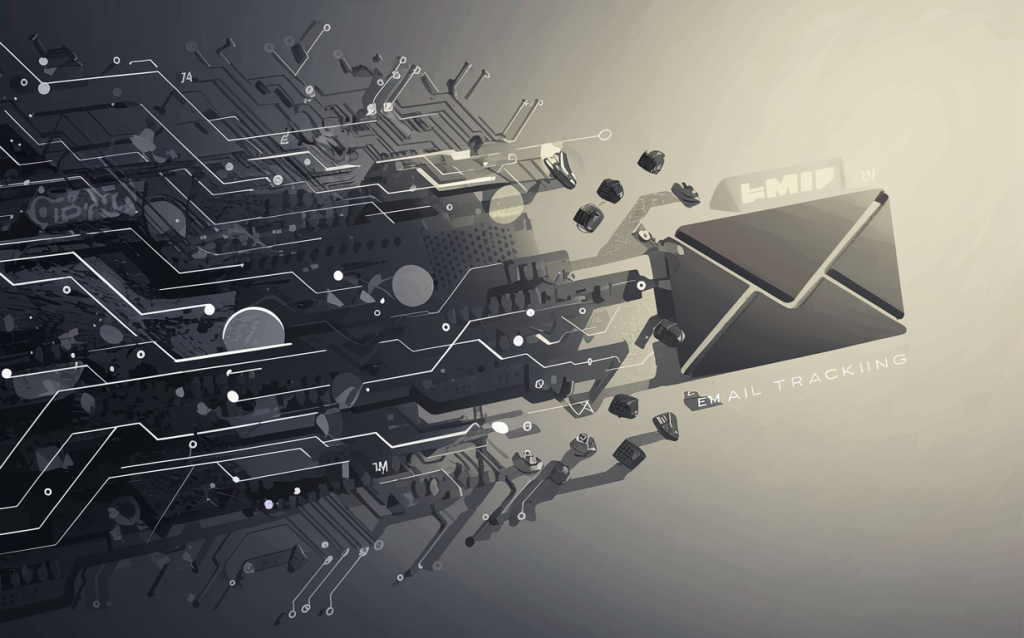You’ve sent your essential email. You’re waiting, the clock is ticking, the replies were supposed to flood your mailbox… and nothing happens.
You blame the copy, your subject line, or even a colleague that sits next to you.
But… do you know if it was even delivered?
How to find out if someone read your email? It’s a common question that many of us ask, especially when waiting for an important response.
Whether it’s a job application, a business proposal, or just a personal message, knowing if and when your email was opened is the first step to success.
Luckily, there are tools and tricks to help you discover exactly that. Let’s check some effective strategies.
How to find out if someone read your email

1. Understanding Read Receipt
Read receipt is a feature that, when enabled, notifies you the moment the recipient opens your email. It’s a straightforward approach to track emails. However, it’s not always foolproof since recipients can decline to send read receipts. Despite this, it’s a valuable first step in gauging whether your message has been seen – so the read receipt request might be something extremely useful in outreach.
2. Email Tracking Tools
Email tracking tools offer a more advanced solution. These services embed a tiny, invisible tracking pixel within your sent emails. When the recipient opens the email, the pixel loads, sending you a notification.
Using an email tracking tool provides insights into exactly when your email was read, without requiring any action from the recipient. Many of them have a free version available, so you have nothing to lose!
3. Leveraging Gmail Read Receipts
For users within a Google Workspace (formerly G Suite), gmail read receipts offer a built-in method to track email opens. This feature needs to be enabled by the admin in user settings.
It allows you to request read receipts when composing emails, but it’s worth noting that it’s limited to internal emails within your organization’s domain.
4. Request Read Receipts in Microsoft Outlook
Microsoft Outlook users can also request read receipts. This feature, found in the options menu of the compose window, lets you easily request a read receipt for individual emails. Like Gmail, recipients can choose whether to send the receipt back, but it’s a useful feature for tracking opens in a more formal email environment.
5. Free and Paid Email Tracking Software
Many email tracking software offer both free and paid plans. Free versions typically allow for basic tracking features, like unlimited tracking of email opens.
Paid plans often include more detailed analytics, such as the exact time an email was read or clicked. Exploring these options can provide a tailored solution to your needs.
6. The Role of Delivery Receipt
While not exactly telling you if someone read your email, a delivery receipt confirms that your email reached the recipient’s inbox.
This is useful for verifying that your email didn’t end up in the junk folder or bounce back due to a typo in the address. It’s a foundational step in ensuring your message has a chance of being seen.
7. Third-Party Options for Non-Gmail Users
For those not using Gmail or Outlook, or seeking more functionality, third-party email tracking options abound.
These services often integrate with major email platforms via extensions or apps. They can provide real-time notifications, detailed analytics, and even CRM integration, making them a powerful option for professional use.
8. Best Practices for Email Follow-Up
Understanding when your email has been read is not just about confirmation—it’s also about strategizing your follow-up.
If you know an email has been read but not responded to, you can tailor your follow-up message accordingly. This is particularly useful in professional settings, such as with cold emails or important business communications.
Why is It Worth Knowing That Your Email Was Read?

1. Enhancing Communication Efficiency
Knowing that your email was read significantly enhances communication efficiency. It removes the guesswork regarding whether your message reached its intended recipient and was seen.
It’s important to have tracked emails in time-sensitive situations, such as coordinating events or meeting deadlines. With features like read receipt requests or email tracking tools, you can better plan your follow-up actions or next steps, ensuring smoother and more effective communication.
2. Improving Response Rates
Using read receipts and email tracking can lead to improved response rates.
When you’re aware an email has been read but not responded to, it provides an opportunity to send a timely follow-up. This reminder can prompt the recipient to reply, especially in scenarios where the initial email might have been buried under other messages.
Strategically timing your follow-up, thanks to insights gained from tracking, can significantly improve your chances of getting a response.
3. Streamlining Project Management
In project management, knowing the status of your communications is a necessity!
Requesting read receipts or employing email tracking pixels helps project managers confirm that critical information has been disseminated to team members or stakeholders.
Such clarity can prevent delays and ensure that everyone is on the same page, thereby streamlining the project workflow and contributing to its success.
4. Enhancing Email Marketing Strategies
For marketers, email tracking provides invaluable insights that can enhance email marketing strategies.
Via tracking opens, clicks, and the overall engagement with emails, marketers can gauge the effectiveness of their campaigns and tailor future communications for better results.
Tools like email tracking pixels and read receipt features in email clients allow for detailed analysis, helping to refine subject lines, content, and call-to-actions for maximum impact.
5. Building Stronger Customer Relationships
The ability to track email opens offers a unique advantage in building and maintaining customer relationships.
Since you can request read receipt, you can focus on understanding customer engagement through read receipts and email tracking. Businesses can personalize their communication, addressing the recipient’s needs and interests more accurately.
This tailored approach, informed by the recipient’s interaction with previous emails, fosters stronger connections and enhances customer satisfaction.
6. Optimizing Sales Efforts
For sales professionals, email tracking is an indispensable tool. Knowing when a prospect has read your email allows for more informed follow-ups, increasing the chances of converting leads into sales.
Involving read receipt requests or third-party email tracking options, sales teams can prioritize leads based on engagement, focusing their efforts where they’re most likely to succeed.
Such a strategic method, powered by insights from email tracking, can significantly optimize sales efforts and results.
When to Use Receipt Requests?

1. For Time-Sensitive Communications
When you’re sending an email that requires a timely response, using read receipt requests can be incredibly useful.
For instance, if you’re coordinating a meeting or event and need to confirm attendees, requesting a read receipt ensures you know who has seen your email.
This feature, accessible from the compose window of most email clients, allows you to plan your follow-ups more effectively, ensuring that important deadlines are met.
2. During Project Collaborations
In project collaborations, especially those involving teams spread across different locations, read receipts can play a crucial role in ensuring smooth operations.
Enabling read receipts in your email’s user settings or through an email tracking tool, you can verify that critical updates or documents have been received and reviewed.
Read receipts feature is particularly useful in environments like Google Workspace, where teamwork and timely communication pop up as essential for project success.
3. When Sending Important Documents
Requesting a read receipt or a delivery receipt becomes vital when you’re sending documents of importance, such as contracts, proposals, or confidential information.
By ensuring that the email has been opened, you gain peace of mind knowing that the recipient is aware of the document.
Additionally, tools that use tracking pixels and image tags can offer insights into how your email was interacted with, providing an extra layer of engagement information.
4. In Client Management and Sales
For professionals in sales and client management, knowing whether a client has read your email can significantly impact your approach to follow-ups.
Requesting read receipts or employing an email tracker allows you to tailor your communication strategy based on the recipient’s engagement.
Whether it’s through Gmail read receipts, which notify you when an email is opened, or a third-party tracking tool that provides detailed insights, these features help in nurturing client relationships and driving sales.
Key Takeaways
- The free consumer version of email platforms may offer basic email tracking functionalities.
- Enabling read receipts in your Gmail account can confirm when emails are opened.
- A read receipt feature in professional settings ensures critical communication is acknowledged.
- Free accounts on third-party email trackers can enhance your email management capabilities.
- Return receipts give you peace of mind that your message has reached the intended inbox.
- Utilizing the Gmail app or desktop version can simplify requesting read receipts.
- Third-party options expand your tracking capabilities beyond what’s available in standard email clients.
- Email’s HTML and image tags can be used creatively for tracking without alerting the recipient.
- Technical knowledge of email trackers and how they embed in emails enhances your tracking effectiveness.
- Chrome extensions and other tools can tell if someone read your email, providing real-time insights when you request a delivery receipt.
Conclusion
It’s not a faux pas to enable read receipts or request delivery confirmation for important emails. Leveraging a free account or a third-party option can subtly transform your email strategy.
Whether it’s through HTML code, subject line adjustments, or the admin console for more control, understanding email’s status with trackers offers a strategic edge.
Though certain limitations exist, a working knowledge of email read receipts ensures your communications are impactful.
So, click send with confidence – and make sure your important email was seen.
FAQ
Can you tell if someone has read your email?
Yes, by using an email tracking tool that embeds an image tag in the email, you can tell if someone has read your email through notifications when the image is loaded.
How can you tell if an email has been read in Gmail without read receipt?
Without a read receipt, you can use a third-party email tracker that utilizes image tags to inform you when the recipient opens your email, even in Gmail.
Can the sender of an email see when I open it?
Yes, if the sender has requested a read receipt or used an email tracking tool with an image tag, they can see when you open the email.
How do I know if my email has been sent?
You will receive a return receipt or a delivery receipt if you request one. Additionally, most email platforms indicate an email’s status as “sent” in the sent folder for important emails.

